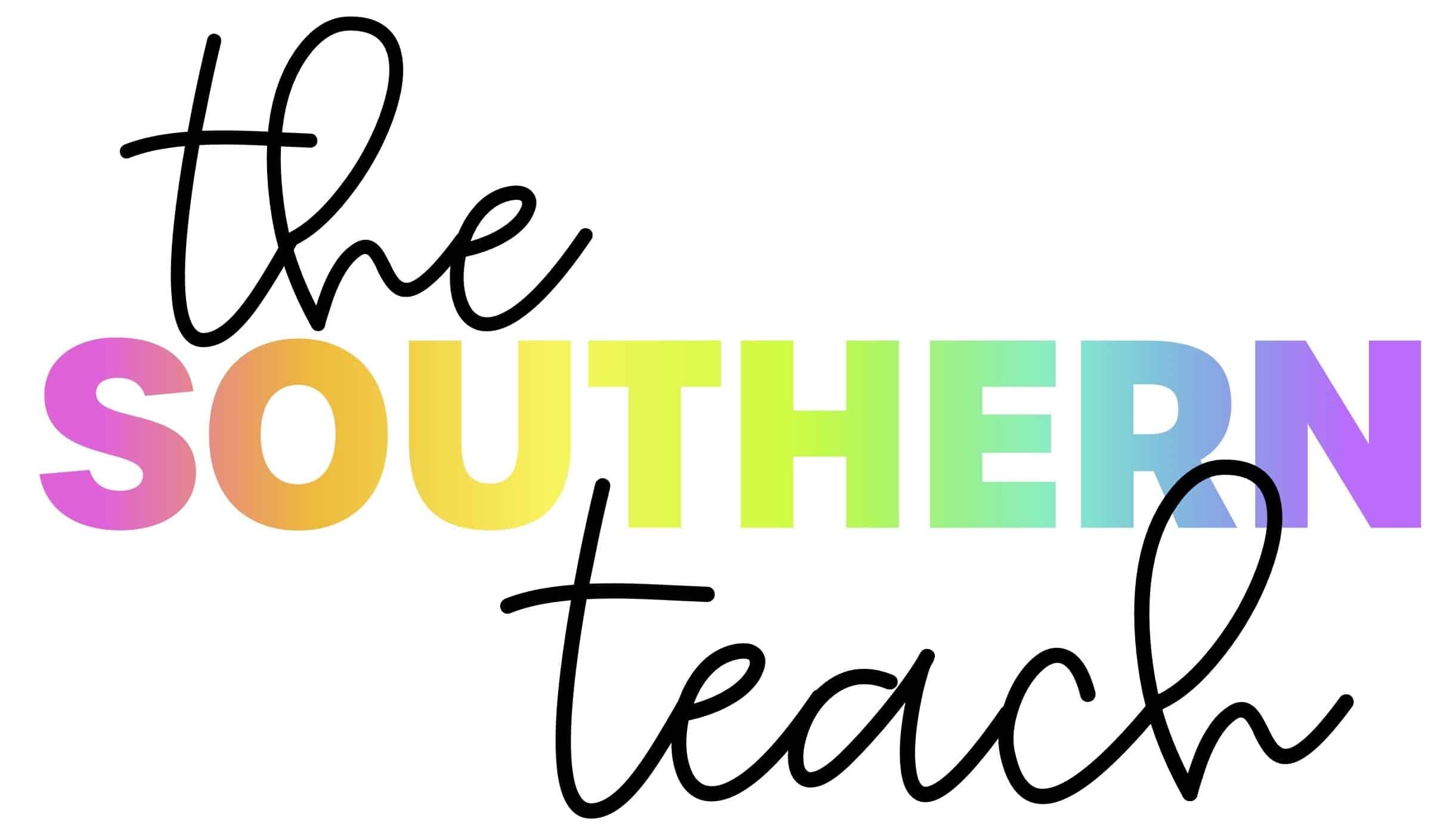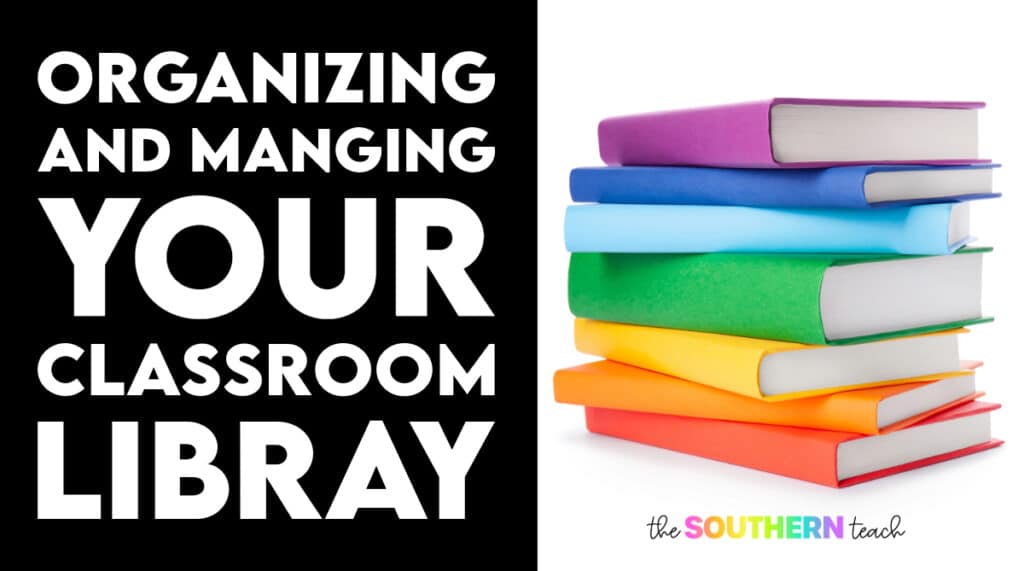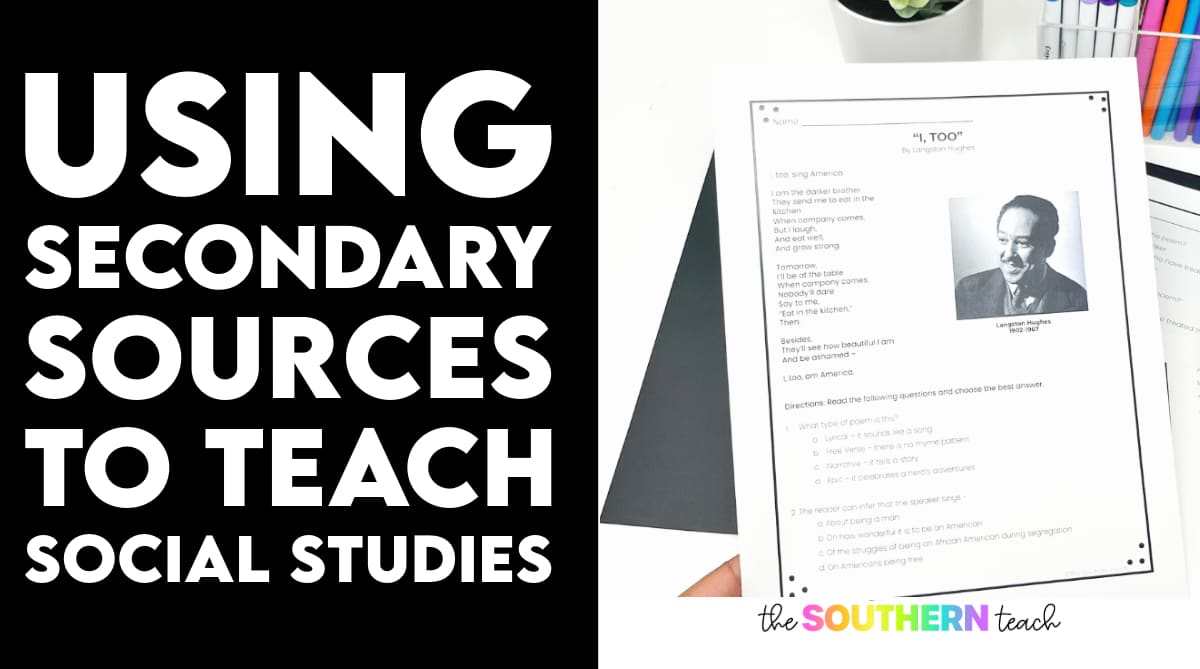
7 Engaging Ways to Use Secondary Sources in Social Studies
By Kirsten Hammond
Share This Post:
While primary sources often steal the spotlight, secondary sources are equally vital for a holistic understanding of history.
In this blog post, we will explore why secondary sources matter in teaching social studies. I will also provide valuable tips on finding reputable secondary sources, and offer creative ways to incorporate them into your lesson plans.
Understanding Secondary Sources
Secondary sources in the realm of social studies refer to materials that analyze, interpret, or discuss primary sources. These resources are typically crafted by experts, such as scholars, historians, educators, and journalists, to provide deeper insights into historical events.
Examples include textbooks, articles, documentaries, biographies, and historical analysis papers. These sources offer students varied perspectives, enhance critical thinking skills, and provide a broader context for understand social studies.

Why Secondary Sources Matter
Secondary sources play an important role in the teaching of social studies for several reasons:
- Deeper Understanding: They offer students a more profound comprehension of history by presenting different viewpoints, interpretations, and thoughts about primary sources.
- Critical Thinking: It encourages critical thinking, allowing students to view historical events from multiple angles.
- Contextual Learning: They provide a broader context for students to explore and reflect on historical events.
- Research Skills: It teaches students how to conduct research and evaluate the reliability of information – an essential skill in the modern age of information.

Finding Reliable Secondary Sources
To ensure that students receive accurate and trustworthy information, follow these tips when looking for these type of sources!
Use Trusted Websites
Seek information from reputable sources, such as government websites, educational institutions, and respected outlets like Teachers Pay Teachers.
Check the Author
Verify the qualifications of the source’s author or group to ensure they have expertise in the field of social studies.
Assess the Source’s Purpose
Understand the purpose of the source – whether it aims to educate, persuade, or entertain – and select those aligned with your teaching objectives.
Verify Information Sources
Choose sources that reference their own sources of how they got the information.
Ensure Relevance
Ensure that the source is recent and aligns with current knowledge, as perceptions of historical narratives can change over time.
Cross-reference Information
Verify the accuracy of the content by comparing it with other reputable sources, preventing biases and inaccuracies from creeping into your lessons.
Seek Expert Advice
Don’t hesitate to consult experts in the field of social studies for their recommendations on reliable sources.

Incorporating Secondary Sources in Lesson Plans
Now that we understand the importance of secondary sources let’s explore practical ways to integrate them into your lesson plans:
1. Explanation
Start by explaining to your students what secondary sources are and why they matter in social studies.
2. Topic Relevance
Choose sources that align with your teaching topic and are likely to interest your students.
3. Teach Source Analysis
Teach students on how to assess sources by examining the author’s perspective, determining source reliability, and evaluating the publication date.
4. Encourage Research Skills
Challenge students to find their own sources to enhance their research abilities.
5. Combine with Primary Sources
Combine secondary sources with primary sources, such as diaries, letters, and photos, to provide a comprehensive learning experience.
6. Engage Students
Initiate class discussions with short passages or video clips from sources to promote engagement, curiosity, and critical thinking.
7. Assess Learning
Evaluate what students have learned from secondary sources through exit tickets or short quizzes to gauge their understanding.
Engaging Students with Secondary Sources
Making social studies engaging is essential for effective teaching. Using these types of sources can bring history to life and make learning exciting. Here are some suggestions to keep students engaged:
- Use a Variety of Sources: Introduce a variety of secondary sources, such as video clips, engaging passages, or interactive activities, that align with your curriculum.
- Reliability and Relevance: Choose sources that are not only captivating but also reliable and relevant to your teaching objectives.
Incorporating secondary sources into your social studies curriculum is a powerful way to enhance the learning experience for your students. By understanding the importance of secondary sources, finding reliable materials, and creatively integrating them into your lessons, you can foster critical thinking, curiosity, and a deeper appreciation for history.
If you’re looking for comprehensive social studies resources, consider checking out the daily Social Studies Passage Bundle or check out my guided notes freebie, designed for grades 3-5. These resources can be valuable secondary sources to enhance your teaching.
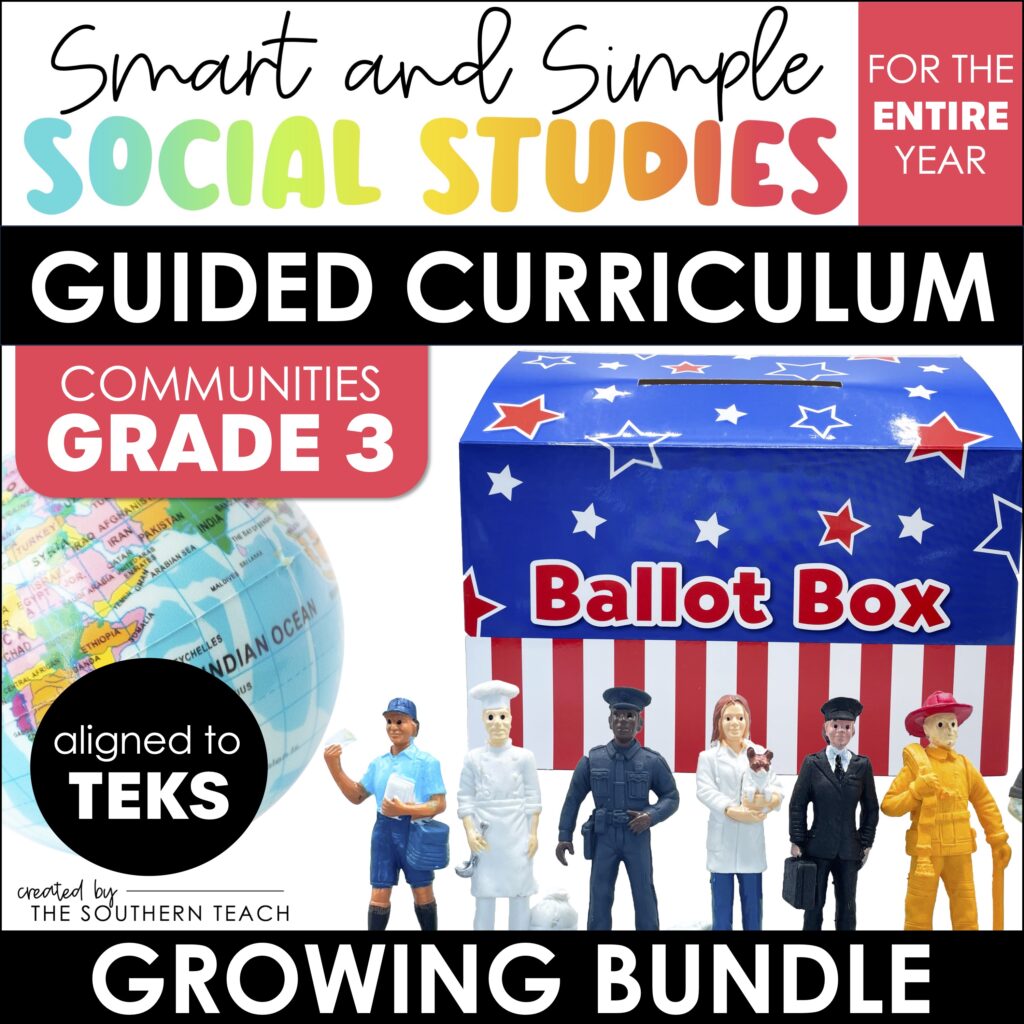
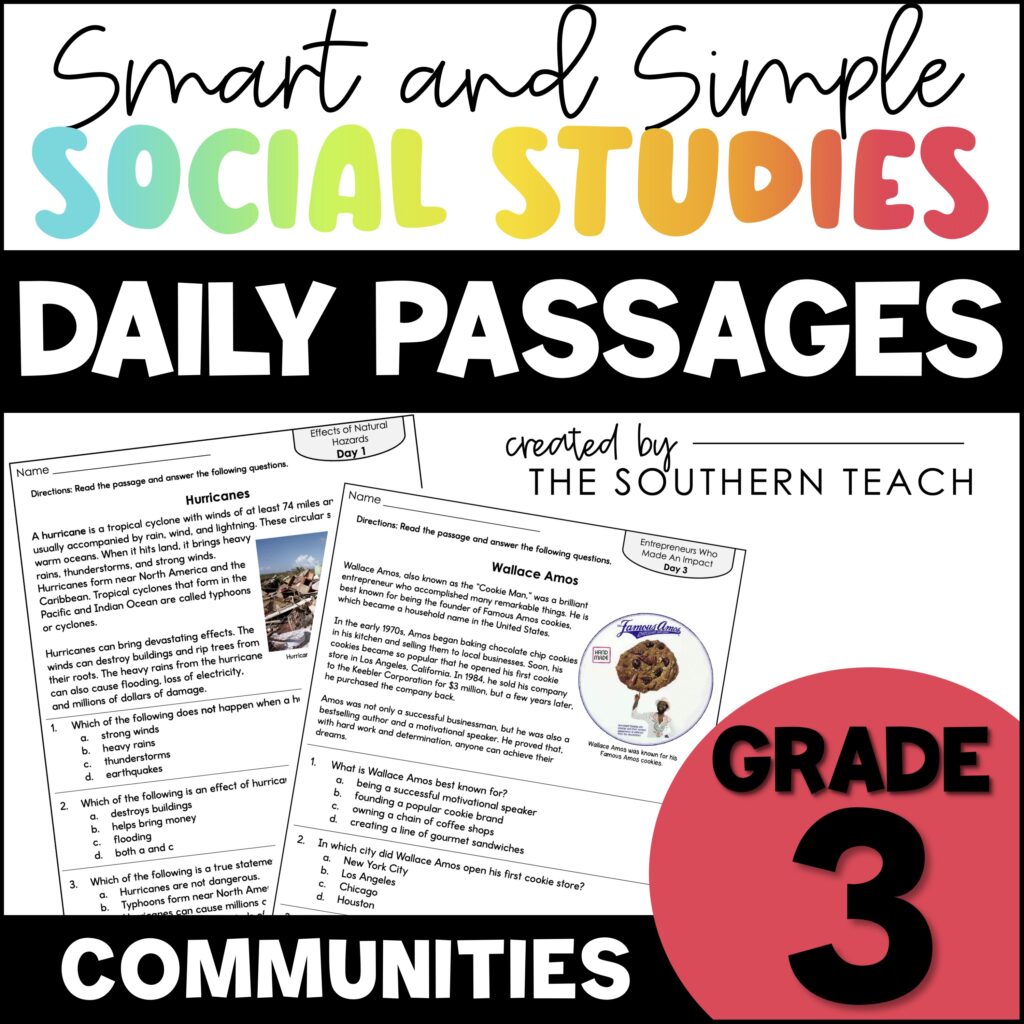
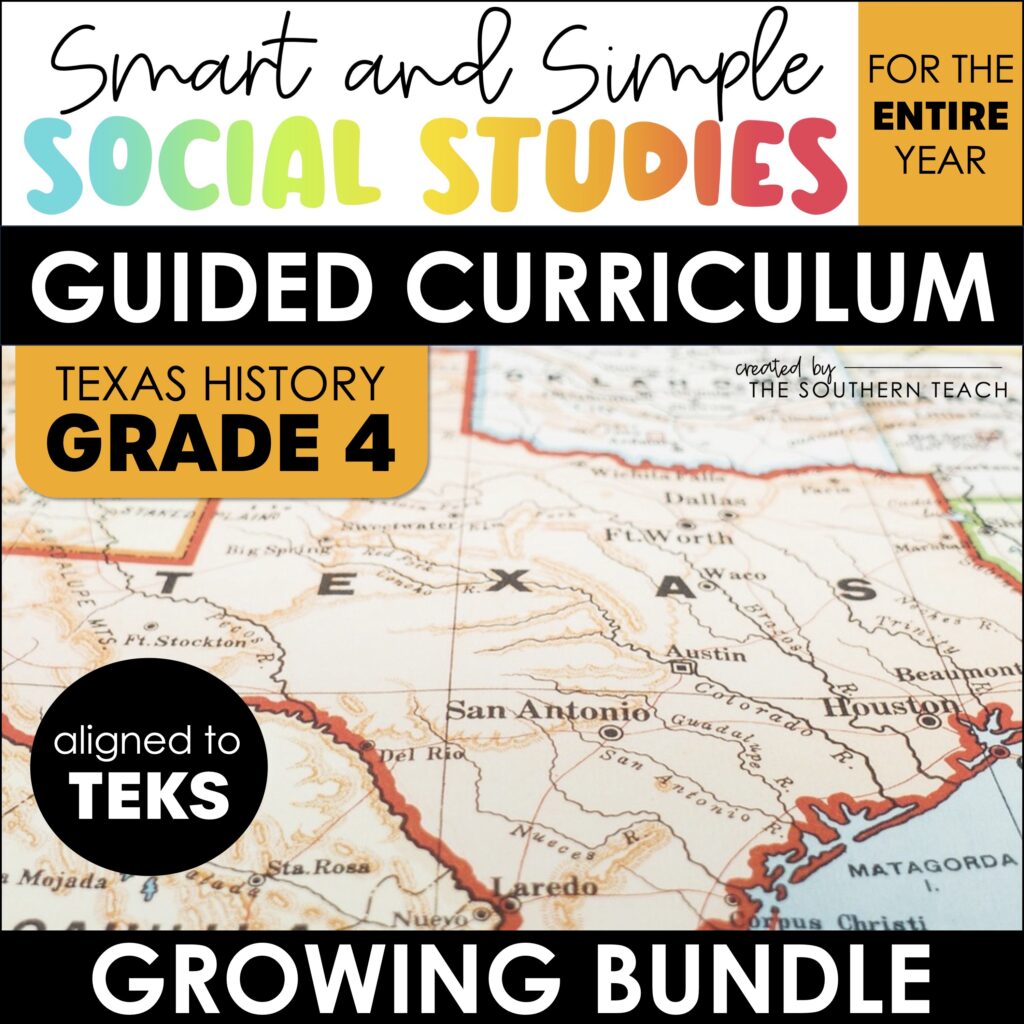
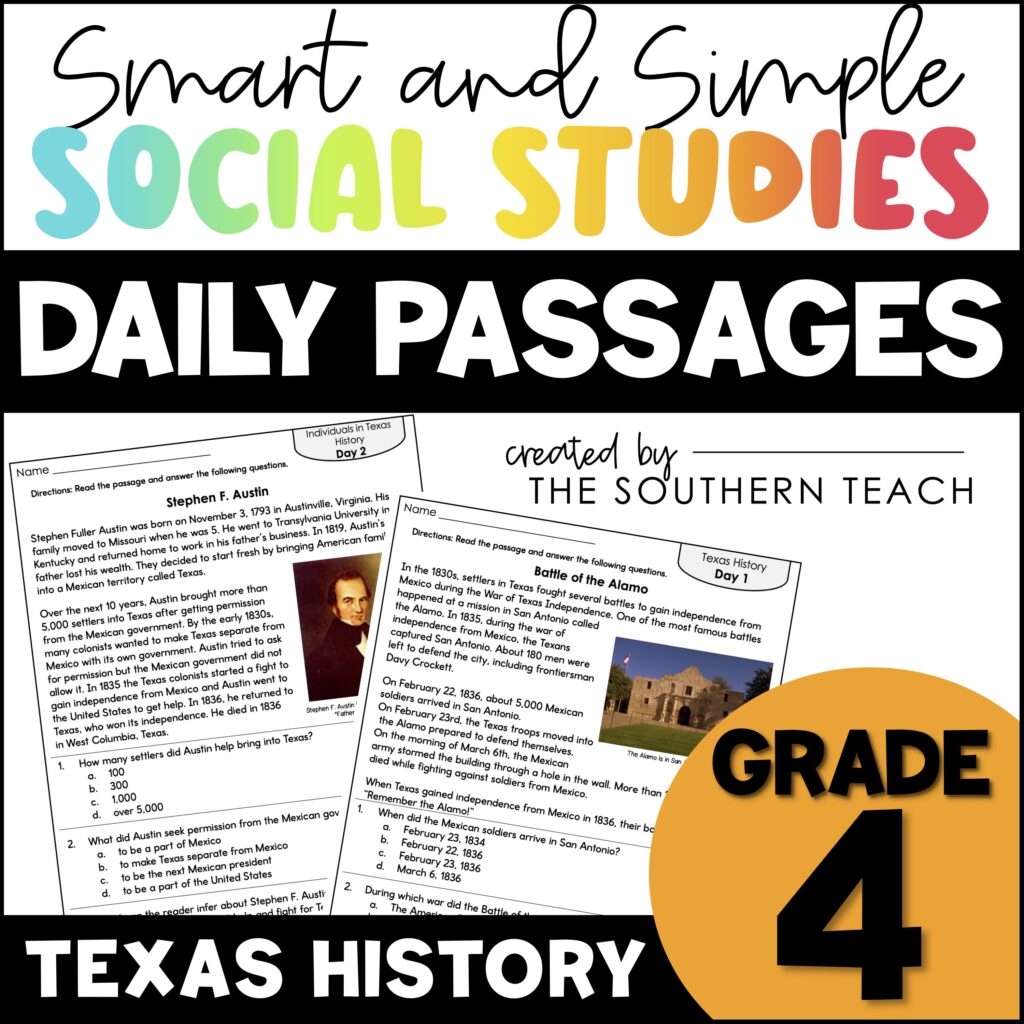
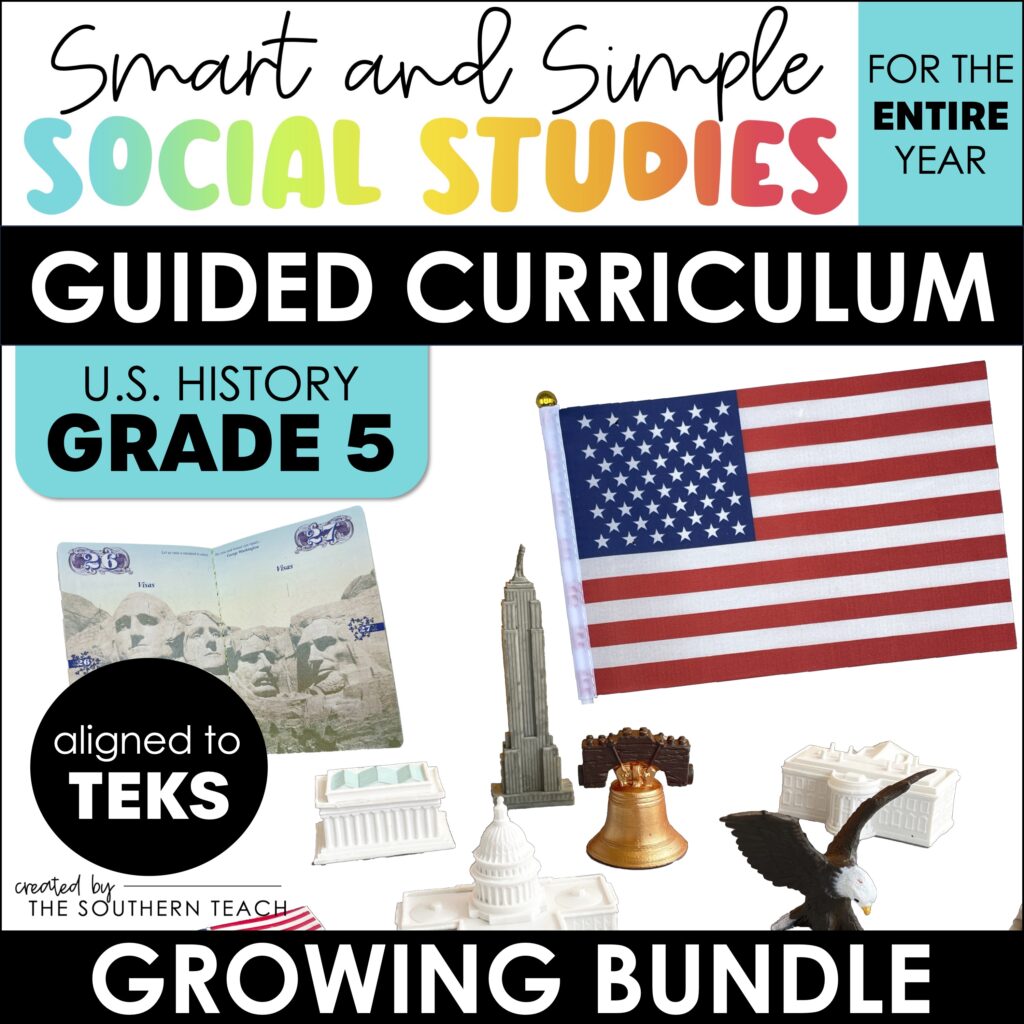
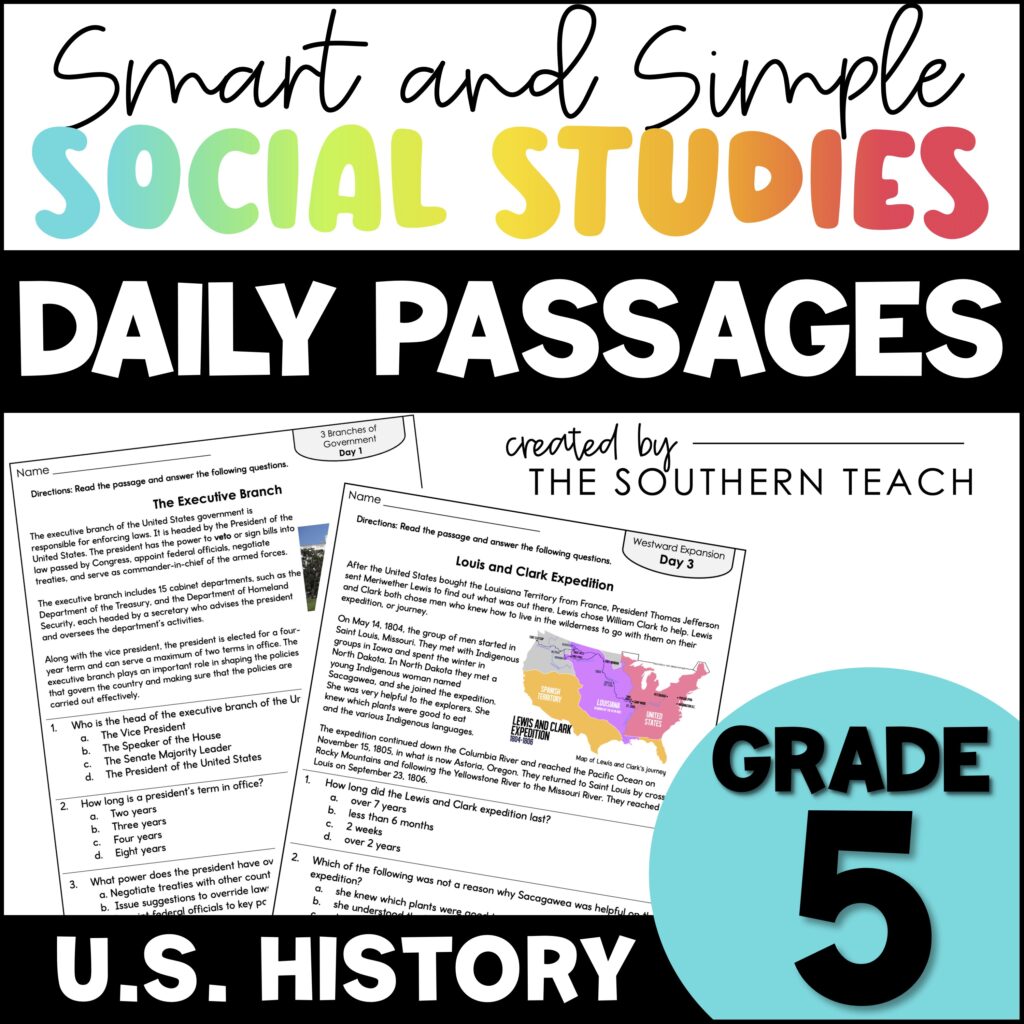
kirsten hammond
Kirsten is a former 3rd and 5th grade teacher who loves helping upper elementary teachers by creating resources and sharing ideas that are engaging, research-based, and TEKS-aligned. She is a work-from-home mama of 3 rambunctious little ones and loves running, true crime, and lots of coffee.
